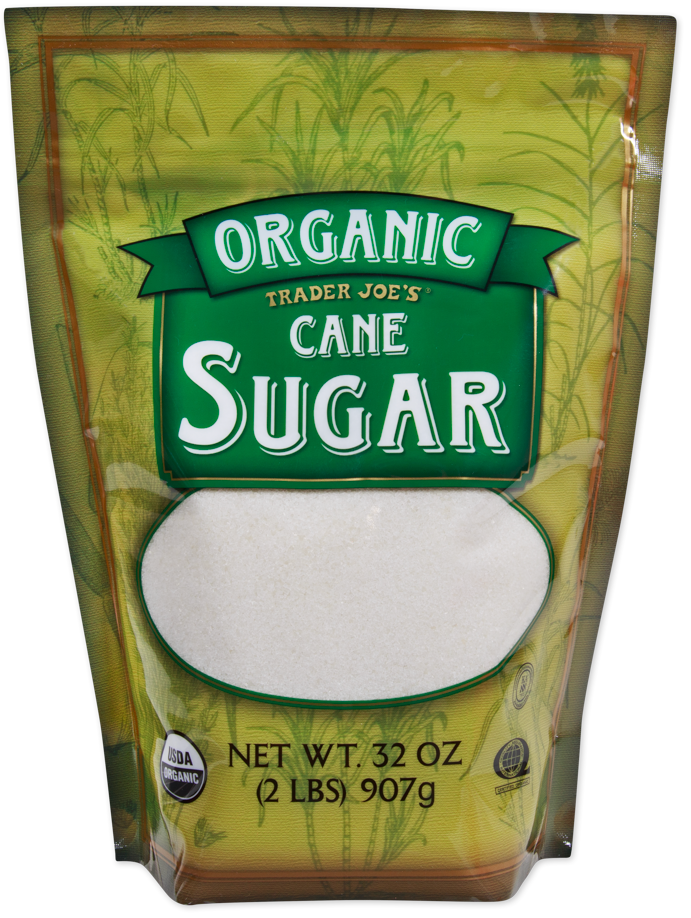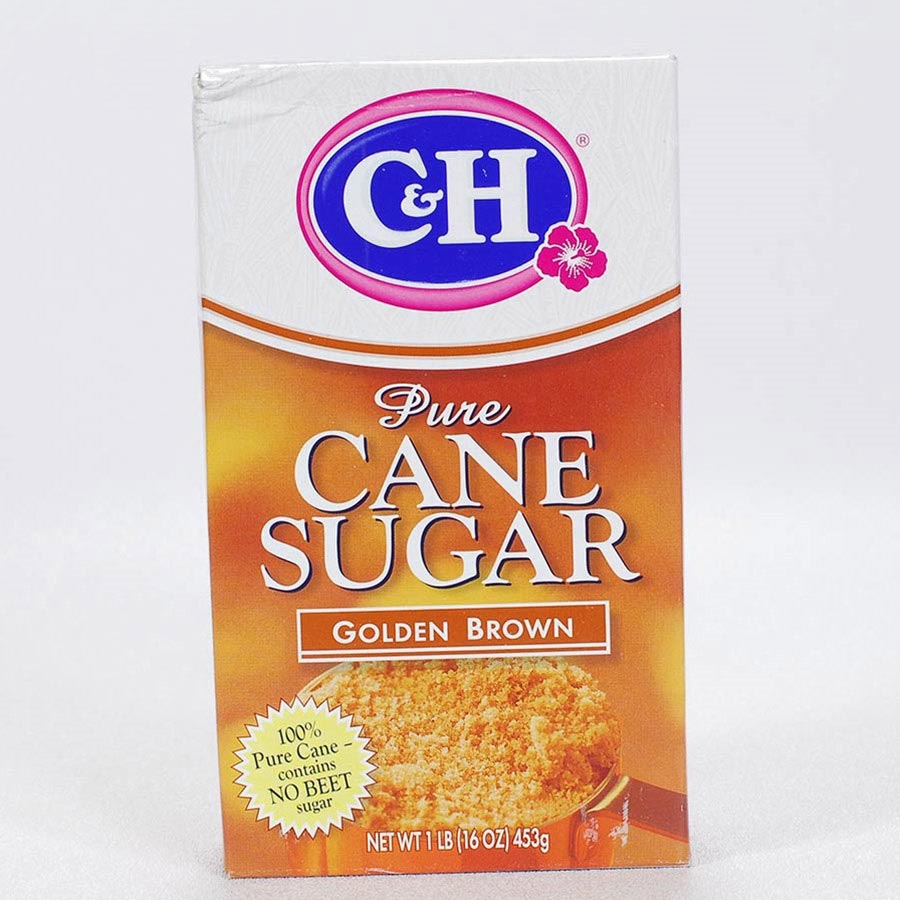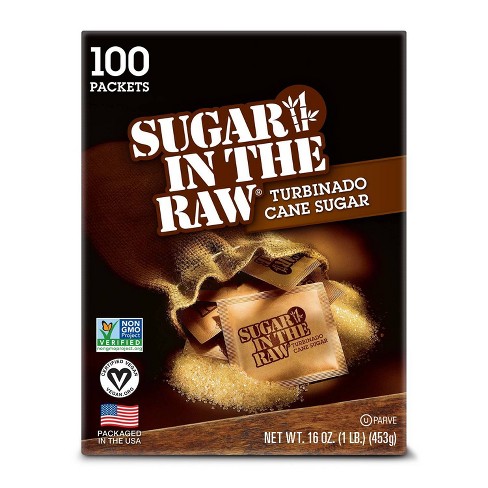Cane Sugar Processing: Ingenious Strategies for Quality Production
Cane Sugar Processing: Ingenious Strategies for Quality Production
Blog Article
Exploring the Comprehensive Steps Associated With Walking Cane Sugar Processing From Harvesting to Refinement
The procedure of cane sugar production incorporates a series of elaborate steps, beginning with the careful harvesting of sugarcane and culminating in the improvement phases that ensure the final product fulfills sector requirements. Each stage, from the removal of juice to the purification and formation procedures, plays a crucial duty in figuring out the top quality and character of the sugar.
Gathering Sugarcane
Harvesting sugarcane is a crucial action in the cane sugar processing chain, as it directly affects the quality and yield of the last product. Appropriate timing and techniques are necessary during this phase to make certain optimal sugar web content and decrease losses. Normally, sugarcane is collected when it gets to maturation, typically 12 to 18 months after planting, characterized by a high sucrose concentration.

Post-harvest, the sugarcane should be refined promptly to stop sucrose degradation. Ideally, collected cane should be transferred to processing centers within 24-hour to preserve sugar top quality. Therefore, efficient logistical planning is important to keep the stability of the collected plant throughout the supply chain.
Extraction Process

The smashed cane goes through a series of pressing procedures to make best use of juice healing. Generally, hot water is splashed onto the smashed cane, creating a countercurrent flow that assists dissolve the sugar while additionally helping in the extraction procedure. The juice gathered from this operation contains not just sugar however additionally numerous natural substances and impurities.

To boost extraction efficiency, some centers might employ diffusion methods, where the sugarcane is taken in hot water, allowing the soluble sugars to diffuse right into the fluid. The resulting juice, rich in sucrose, is after that guided to subsequent processing phases, laying the foundation for filtration and refinement. The removal process is hence essential in figuring out the quality and return of the final sugar item.
Purification Strategies
The purification strategies utilized in walking stick sugar processing are vital for changing the raw juice into a top quality sugar product. These approaches mainly intend to remove contaminations, such as soil, plant products, and inorganic materials, which can adversely impact this website the final item's flavor and color.
This procedure entails including lime and warmth to the raw juice, which helps with the coagulation of contaminations. Additionally, the use of phosphoric acid can improve the information procedure by more binding impurities.
One more considerable method is carbonatation, where carbon dioxide is introduced to the made clear juice. This reaction produces calcium carbonate, which captures remaining impurities and advertises their removal.
Additionally, triggered carbon therapy may be used to adsorb any staying colorants and organic pollutants, making certain an extra polished item. The combination of these approaches properly prepares the sugar juice for succeeding action in the refining procedure, setting the phase for the manufacturing of top notch walking stick sugar.
Condensation Techniques
After the purification phase, the following crucial action in walking stick sugar handling includes crystallization methods, which play a crucial function in changing the cleared up juice into strong sugar. This procedure usually employs two key approaches: spontaneous crystallization and regulated formation.
In spontaneous formation, supersaturated sugar services are permitted to cool naturally, leading to the development of sugar crystals over time. This method permits for the uniform growth of sugar crystals and greater pureness.
During formation, the cleared up juice is focused through dissipation, raising its sugar web content up until it gets to supersaturation. Once this point is attained, either method can facilitate the crystallization procedure. Cane Sugar Processing. The resultant sugar crystals are then separated from the continuing to be syrup via centrifugation
Ultimately, the choice of condensation technique affects the top quality, size, and purity of the final sugar product, making this action necessary in the total cane sugar processing treatment.
Improvement and Packaging
Just how can the pureness and top quality of walking cane sugar be further enhanced after formation? The refinement procedure plays an essential role in attaining premium walking stick sugar. Complying with condensation, sugar goes learn this here now through a detailed washing to eliminate impurities and residual molasses. This is normally completed utilizing warm water or steam, which aids dissolve and extract undesirable hop over to these guys components while preserving the sugar crystals.
Next, the sugar goes through a process called centrifugation, where it is rotated at high speeds to divide the detoxified sugar crystals from the remaining fluid. After centrifugation, the sugar is typically additional refined with a method called carbonization or phosphatation, which makes use of activated carbon or phosphoric acid to remove color and off-flavors.
As soon as fine-tuned, the sugar is dried out to achieve the desired wetness content, making certain that it stays secure during storage space and transport. The last step entails packaging the polished sugar in impermeable and moisture-proof containers to maintain its top quality and prevent contamination. Cane Sugar Processing. Appropriate packaging not just expands shelf life but likewise facilitates simple handling and distribution, making certain that customers receive sugar that satisfies the highest possible standards of purity and high quality
Verdict
The extensive actions associated with cane sugar handling, from the meticulous harvesting of sugarcane to the complex improvement and packaging phases, highlight the value of each stage in making certain top notch sugar manufacturing. Optimal harvesting methods, reliable removal approaches, and strenuous filtration processes collectively contribute to the final product's purity and security. The condensation and succeeding packaging methods even more improve the stability and service life of the sugar, highlighting the complexity and precision integral in this necessary farming market.
The procedure of walking cane sugar manufacturing incorporates a collection of elaborate steps, starting with the cautious harvesting of sugarcane and culminating in the refinement stages that ensure the last product meets industry criteria. Preferably, gathered walking stick should be carried to processing facilities within 24 hours to maintain sugar top quality.In spontaneous formation, supersaturated sugar remedies are permitted to cool naturally, leading to the formation of sugar crystals over time - Cane Sugar Processing. The improvement process plays a vital function in achieving high-quality walking cane sugar.The thorough steps involved in walking cane sugar processing, from the precise harvesting of sugarcane to the intricate improvement and product packaging phases, underscore the relevance of each phase in ensuring high-grade sugar production
Report this page